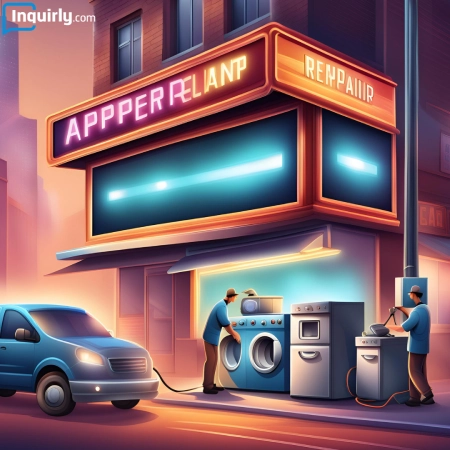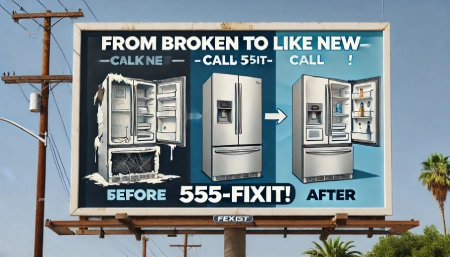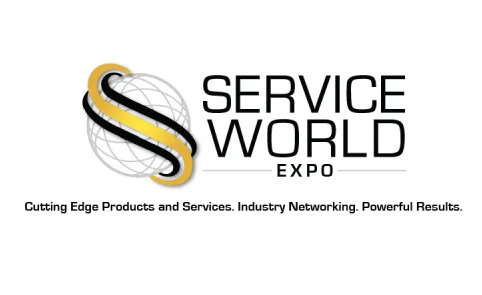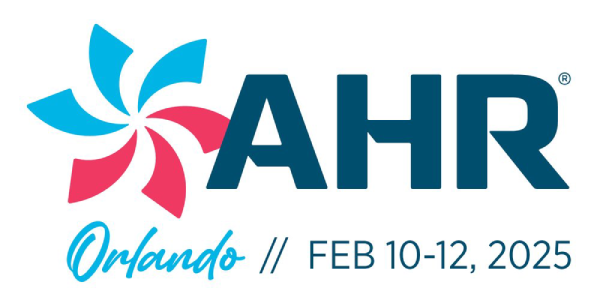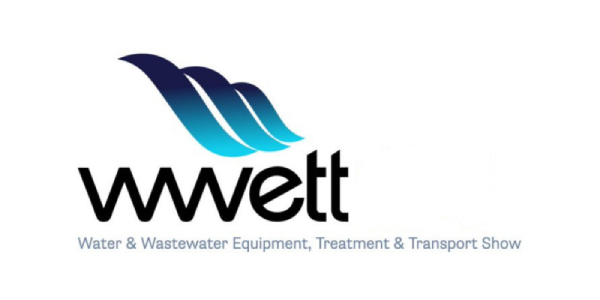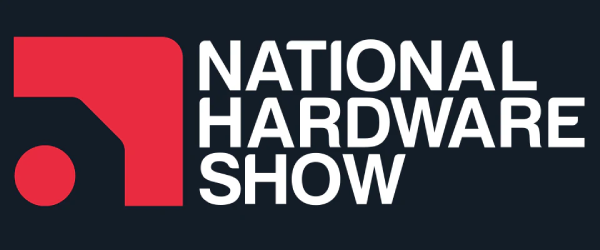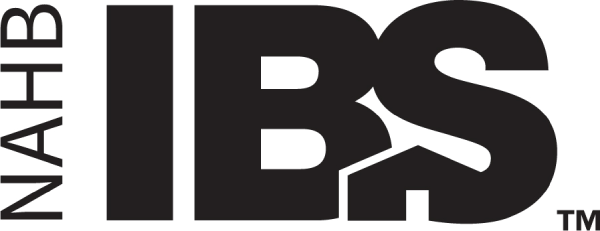Running an appliance repair business means keeping track of your work and payments with professional invoices. Whether you’re a seasoned pro or just starting, knowing how to write a clear and effective invoice ensures you get paid promptly and keeps your business organized. Here’s a straightforward guide to creating an appliance repair invoice in 2025 that’s professional, compliant, and easy to understand.
Essential Details to Include in Your Invoice
When creating an appliance repair invoice, make sure you include all necessary details. This helps prevent misunderstandings and ensures you get paid on time.
Your Business Information
- Business Name: Include your registered business name or your own name if you’re a sole proprietor.
- Contact Information: Add your address, phone number, email, and website (if applicable).
- Logo: A logo adds professionalism and helps your brand stand out.
Client Information
- Customer Name: Use the full name of the individual or business you’re servicing.
- Address and Contact Details: Include their physical address and phone number for follow-ups.
Invoice Number and Date
- nvoice Number: A unique identifier to keep your records organized. For example: INV-2025-001.
- Invoice Date: The date the invoice is issued.
- Due Date: When the payment is due. Common terms are “Net 15” or “Net 30” (15 or 30 days from the invoice date).
Taxes and Discounts
If applicable, include any taxes (e.g., VAT) based on your country’s regulations.
Example:
Subtotal: €320
VAT (23%): €73.60
Total Amount Due: €393.60
If you’re offering discounts (e.g., first-time customer, loyalty program), show the discount separately.
Example:
Subtotal: €320
Discount (10%): -€32
VAT (23%): €66.24
Total Amount Due: €354.24
Description of Services Provided
| Service Description | Quantity | Rate | Total |
|---|---|---|---|
| Refrigerator compressor replacement | 1 | €200 | €200 |
| Diagnostic fee | 1 | €50 | €50 |
| Labor (2 hours) | 2 | €35/hr | €70 |
| Total Amount Due | €320 | ||
*Clearly list the services you’ve provided to avoid confusion.
Be Specific: Mention the appliance type (e.g., refrigerator, washing machine) and the exact service performed (e.g., part replacement, troubleshooting).
- Parts and Labor: Separate parts from labor charges for transparency.
- Quantity and Rate: Specify how many hours worked or how many parts replaced and the rate per unit.
Payment Methods and Terms
Clearly state how clients can pay and any late payment terms:
Accepted Payment Methods
- Bank transfer
- Credit/debit card
- Digital payments (e.g., PayPal, Stripe)
Include payment details such as your bank account number, IBAN, or payment link.
Payment Terms
- “Payment due within 30 days of the invoice date.”
- “Late payments will incur a €10 late fee after 30 days.”
Notes and Policies
Add any helpful notes or policies, such as warranty information or follow-up instructions:
• Example Note: “Thank you for your business! This repair is covered by a 90-day warranty. If you experience any issues, contact us immediately.”
Digital Invoicing Tools
Use modern invoicing software to simplify the process:
These tools allow you to create professional invoices quickly, track payments automatically and send reminders for overdue invoices.
Custom Templates
For a personalized touch, use software like Microsoft Word or Google Docs. Look for appliance repair invoice templates and customize them with your branding.
Tips for Efficient Invoicing
🚀 Send Invoices Shortly: Issue invoices immediately after completing a job to improve cash flow.
💭 Automate Reminders: Use software to send reminders for overdue payments.
✏️ Keep Records: Maintain digital or physical copies of all invoices for tax and accounting purposes.
Growing your appliance repair business in 2025 requires a consistent stream of reliable leads. Inquirly specializes in connecting appliance repair professionals with high-quality, exclusive leads in their local area.
👉 Sign up at Inquirly.com and take your appliance repair business to the next level!
Conclusion
Writing a clear and professional appliance repair invoice in 2025 is essential for getting paid promptly and maintaining good client relationships. By including detailed service descriptions, clear payment terms, and using modern tools, you can streamline your invoicing process and focus on what you do best: repairing appliances!
Learn More About How to Sell Water Damage Business.
.
Frequently Asked Questions
How can I track unpaid invoices effectively?
Use invoicing software with automated tracking and reminder features. Tools like QuickBooks or FreshBooks help you monitor outstanding payments and send automated follow-up emails to clients.
Should I include a service warranty on my invoice?
Yes, adding a warranty statement builds trust. For example: “This repair comes with a 90-day warranty for parts and labor.” Clearly state the terms to manage customer expectations.
What is the best way to send invoices in 2025?
Email remains the most efficient method. Invoicing software allows you to send invoices directly and include payment links for quick transactions.
Can I charge a cancellation fee for appliance repair services?
Yes, if you have a cancellation policy. State it clearly on the invoice or booking confirmation, e.g., “Cancellations within 24 hours incur a €25 fee.”
How do I ensure timely payments from clients?
Set clear payment terms (e.g., “Net 15” or “Net 30”), send invoices promptly, and use automated reminders for overdue payments to encourage timely responses.

